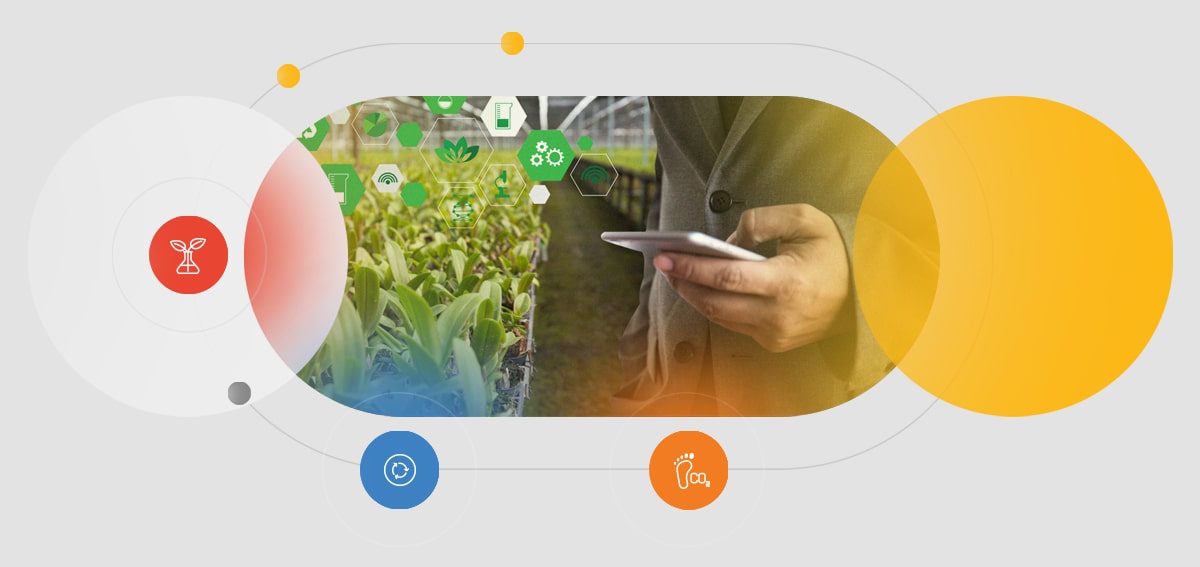Does Green Governance drive the ride to a sustainable future?
In a society that is becoming more aware about making the future sustainable, it is often a matter of discourse whether or not green governance is efficient enough. Green Governance is expected to be an essential driver for restructuring, recategorising, and rebuilding the relationship between humans and green technological revolution. It can play an influential role in the economic development of a sustainable future.
What is Green Governance?
The differing perspectives and definitions about Green Governance highlight the confusion around the term and its expectations. If we go by the more common definitions of the term, it can be said that Green Governance is the method to coordinate the workings of all the leading forces of society to create one goal, i.e., a sustainable future.
However, it should be noted that Green Governance is a broad term and it is defined by its purpose. When we spoke with Marcos Alejandro B. who is leading the process for a Circular Road Map for a local government about what Green Governance meant to him, he said,
“Everyone is providing a different meaning or understanding of the words ‘green’ and ‘sustainability’. They can be stretched in many ways. In my personal opinion, the work of green governance is to support, work, and develop communities or groups of communities who are working in harmony with the natural ecosystems surrounding them.”
He pointed out that the concern of green governance shouldn’t just be about preservation but also growing together. Green Governance is about understanding the dynamic surroundings of the ecosystems – both the anthropic as well as the natural. He points out,
“The idea of green governance is that we preserve nature. But it is equally important to engage communities who utilise the natural resources wisely and distribute them in an equitable way.”
Can Green Governance address any of the vulnerable factors of sustainability?
We are familiar with the four common factors of vulnerability when it comes to development and the same apply to sustainability as well.
- Physical factors involve designing, constructing, and maintaining public infrastructure including buildings, railways, and others.
- Social factors involve the various issues that immediately affect the society such as inequality, gender discrimination, disability and psychological factors.
- Economic factors involve rural and urban developments, globalisation of supply chains and businesses, and dependence on single industries.
- Environmental factors involve everything that have direct on the environment, it can be industrial waste, decline in risk regulation, as well as climate change.
It can be a complex matter to prioritise for governing bodies exactly which factor should be treated first. For example, if physical factors are prioritised while overlooking economic factors it could lead to potential downfall in the economic structure of the society. At the same time if only social factors are considered without the environmental factors that would mean that even the social factors aren’t entirely sustainable.
When asked about how these vulnerable factors can be considered, Marcos Alejandro B said,
“There is no specific formula to address that because every society is living in a different reality. Hence, the priorities are different. The priorities need to develop in a holistic way, understanding that no element is isolated in the whole in the system.”
He also pointed out the importance of equity where if one section of society owns more than the other sections combined, it not only creates economical imbalance but also gives rise to environmental problems. Governing bodies need to ensure that communities and businesses are harnessing the potential to create new technologies that support efficient use of the finite natural resources.
How does Green Governance affect corporations?
Corporations are quickly realising the relationship between corporate social responsibilities (CSR) and Green Governance. As one of the primary users of natural resources, corporations come under the direct radar of green governance who are responsible for ensuring that corporations operate as sustainably as possible. The link between green governance and corporations come in with corporate governance – a body of board members, directors, and stakeholders who overlook a company’s functions and are directly affected by it. They are, therefore, required to be transparent, accountable, knowledgeable about green development, and take liability where required.
What are the essential set of principles of Green Governance?
Green governance alone cannot drive the change, neither can corporations left unregulated about the use of finite resources. The two have to share same ideas and concepts at some point to create that alignment. Here are some essential sets of principles, according to Marcos Alejandro B. that should be considered:
- Engagement is the first step to create a community that is aware.
- The second step is equity. To create clear rules and regulations that everyone should follow and be actively involved in. It should also create opportunities for educating the community.
“Everyone needs to use the vocabulary, the communication tools in the same way.”
- The final and perhaps the most important step is resources. It is not only about financial resources but also about having human resources and technology building capabilities.
 Now you know
Now you know
Now you know that Green Governance is an imperative when it comes to driving the change to sustainability. Green governance, along with corporate coordination, can have the capability to make actual contributions for the change.
Sources
- Green Governance; ecological survival, human rights, and the law of the commons
https://assets.cambridge.org/97811070/34365/frontmatter/9781107034365_frontmatter.pdf - Going Green: how organisations in Greater Richmond embrace sustainability
https://www.grpva.com/news/going-green-how-organizations-in-greater-richmond-embrace-sustainability/ - Does Green Governance Efficiency and Green Finance Polices Matters in Sustainable Environment: Implications for Public Health
https://www.frontiersin.org/articles/10.3389/fpubh.2022.861349/full
You might want to learn more about

The Triple Connection
The innovative web-based business simulation game, The Triple Connection, engages its participants in implementing a sustainable strategy for a virtual chocolate milk manufacturer. Participants will be confronted with various real-life, real-time dilemmas. They will be compelled to make decisions that are critical to maintaining a fair balance between profitability and sustainability.
Dive into our
knowledge base
Alignment
Blended learning
Experiential learning
Learning
Supply chain
Sustainability
- Sustainability
- Carbon footprint
- Circular Economy
- Does Green Governance drive the ride to a sustainable future?
- Everything You Need To Know About Eco-Efficiency
- Greenwashing: Everything you need to know
- Is it possible to measure the Triple Bottom Line?
- Sustainability v/s Circularity
- The 3Ps Series: People
- The 3Ps Series: Planet
- The 3Ps Series: Prosperity
- The Butterfly Diagram
- The Value Hill
- What are the 3Ps of Sustainability?
- What do we know about the Triple Bottom Line?

